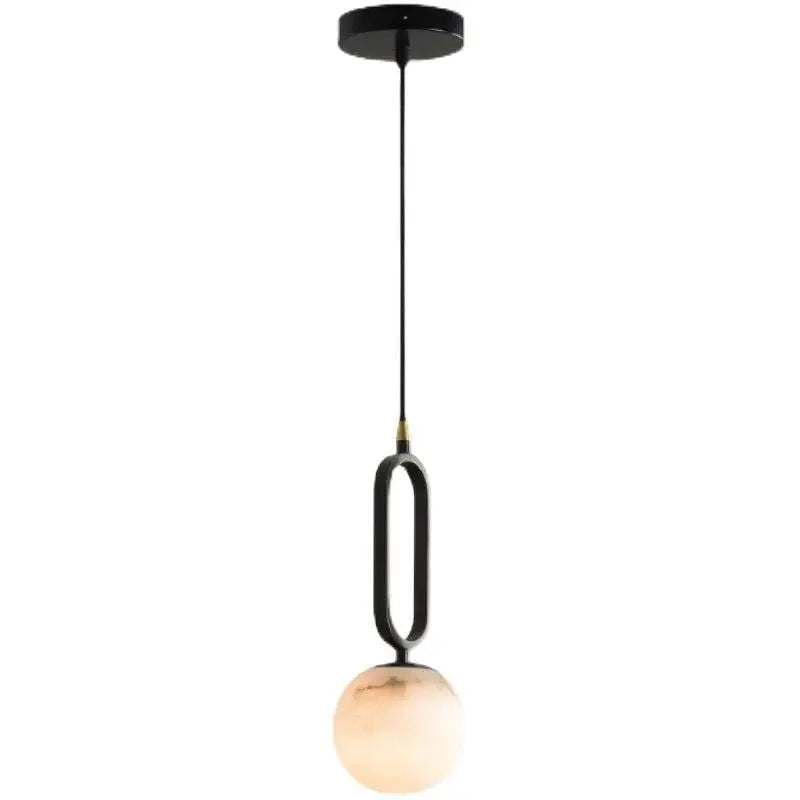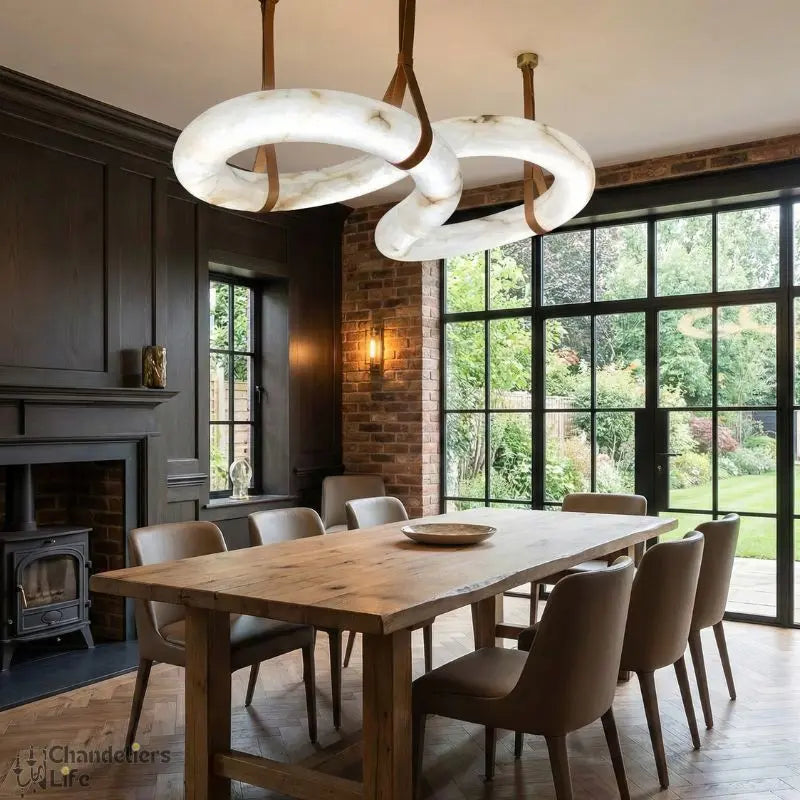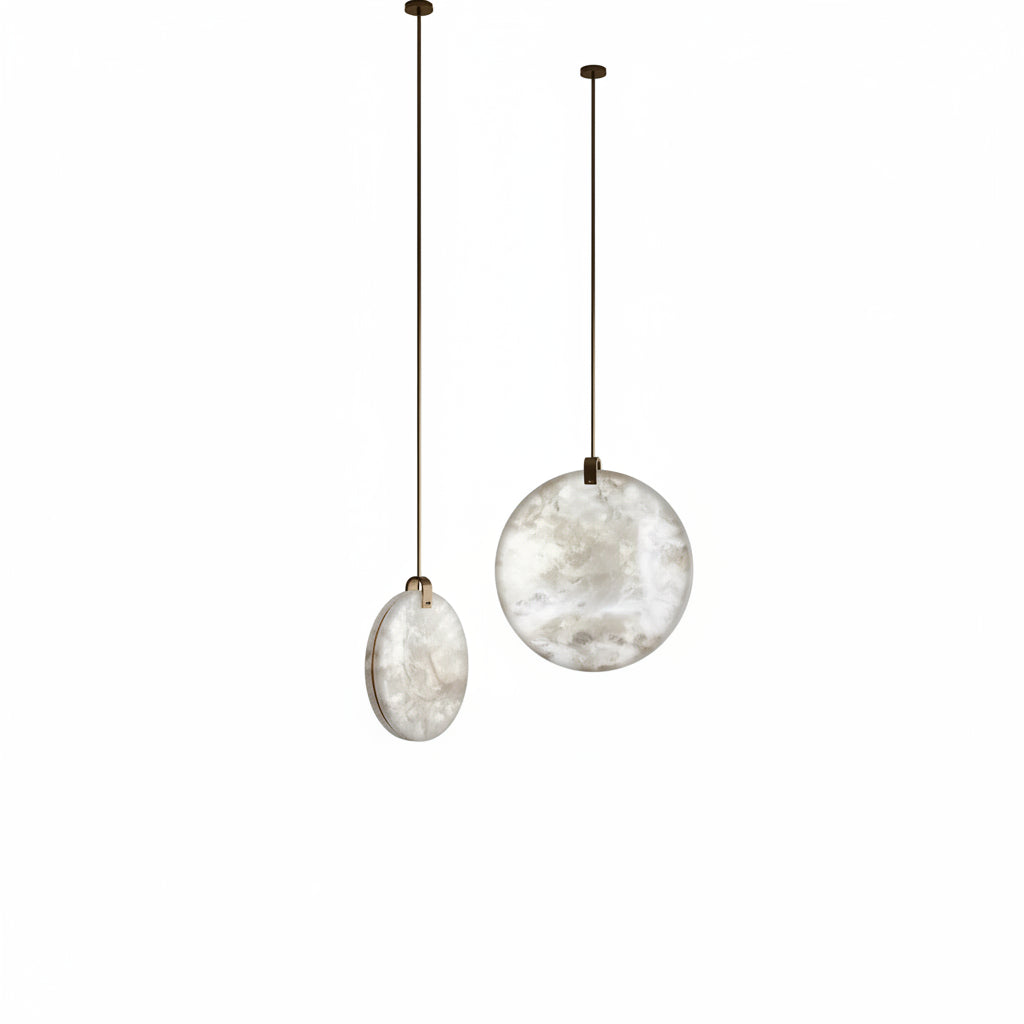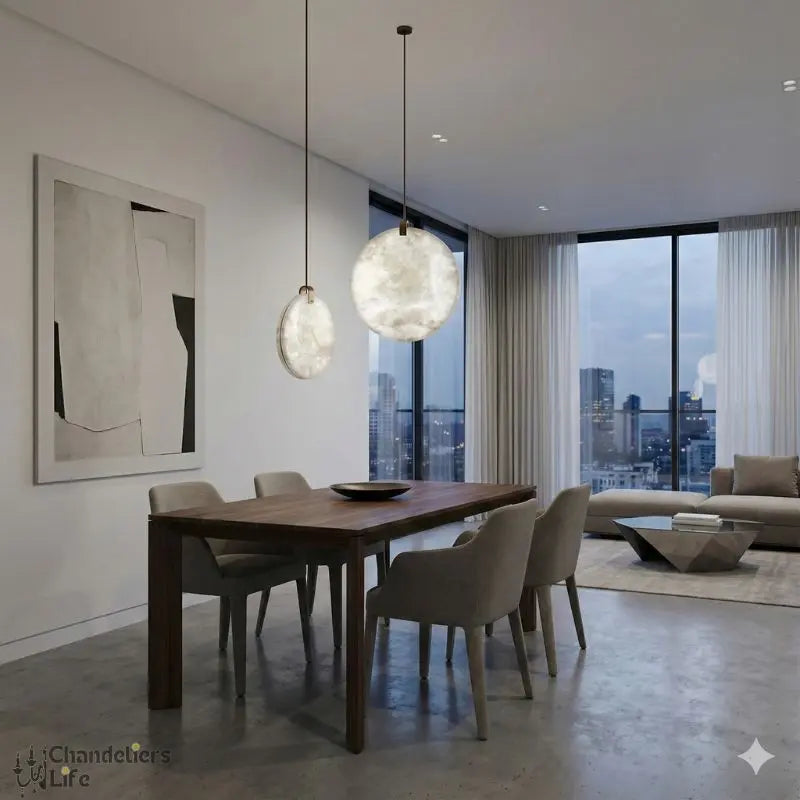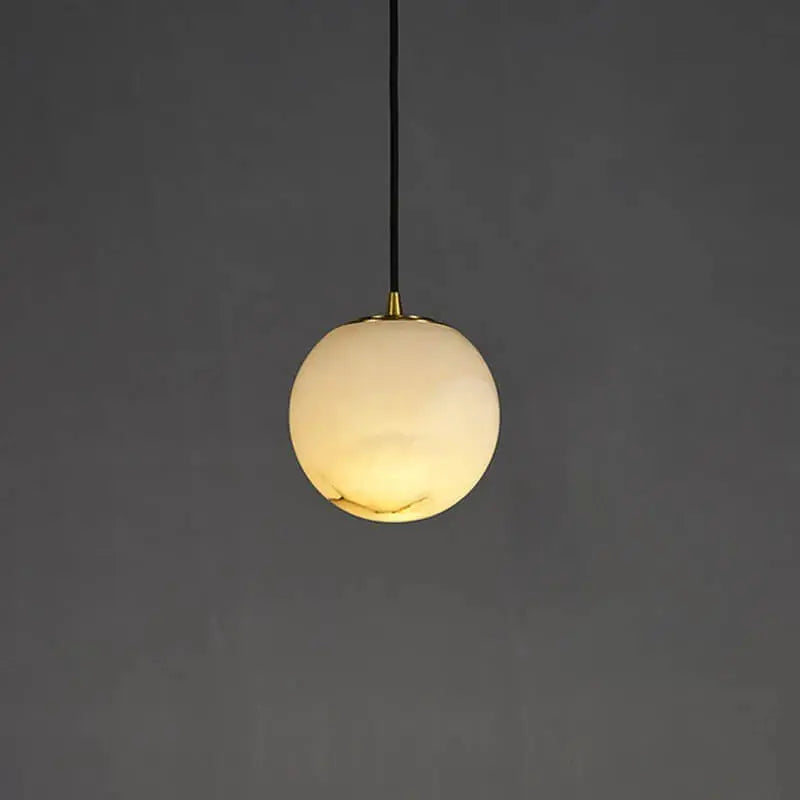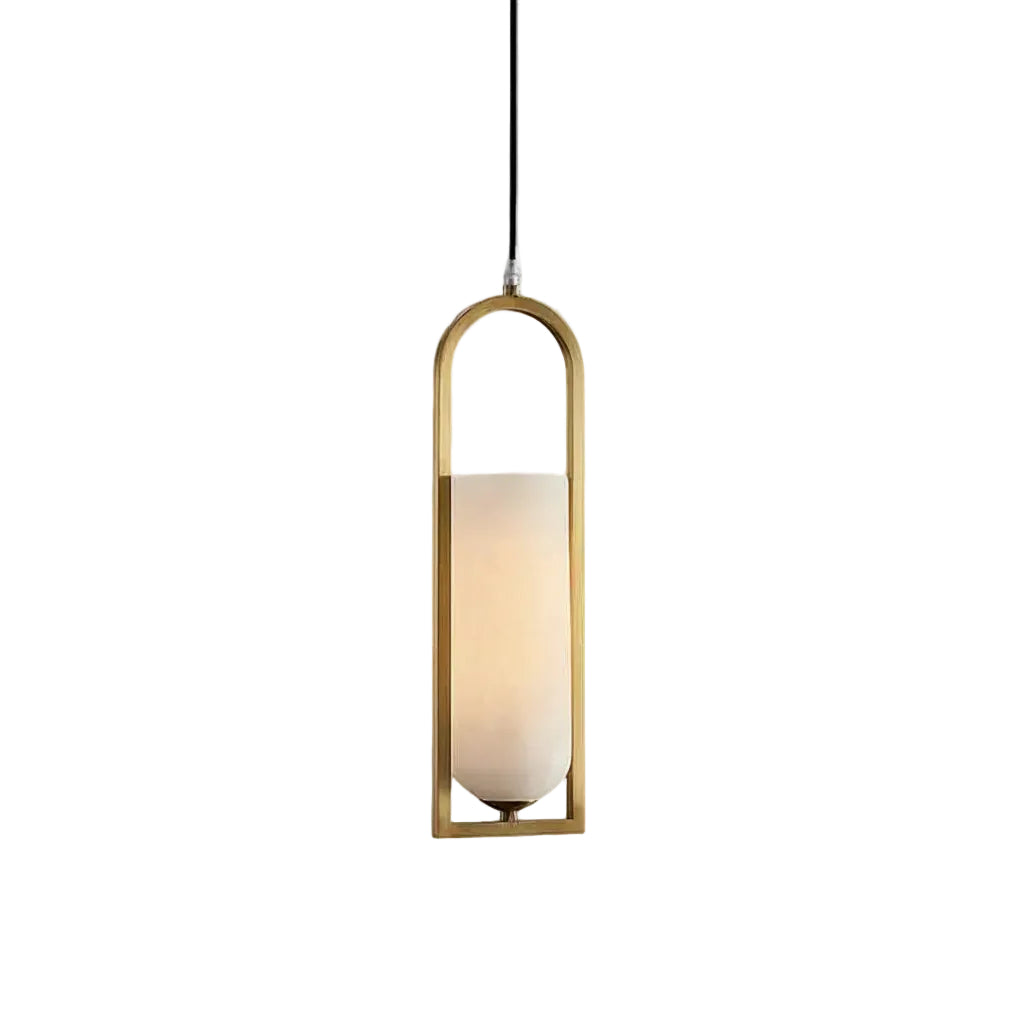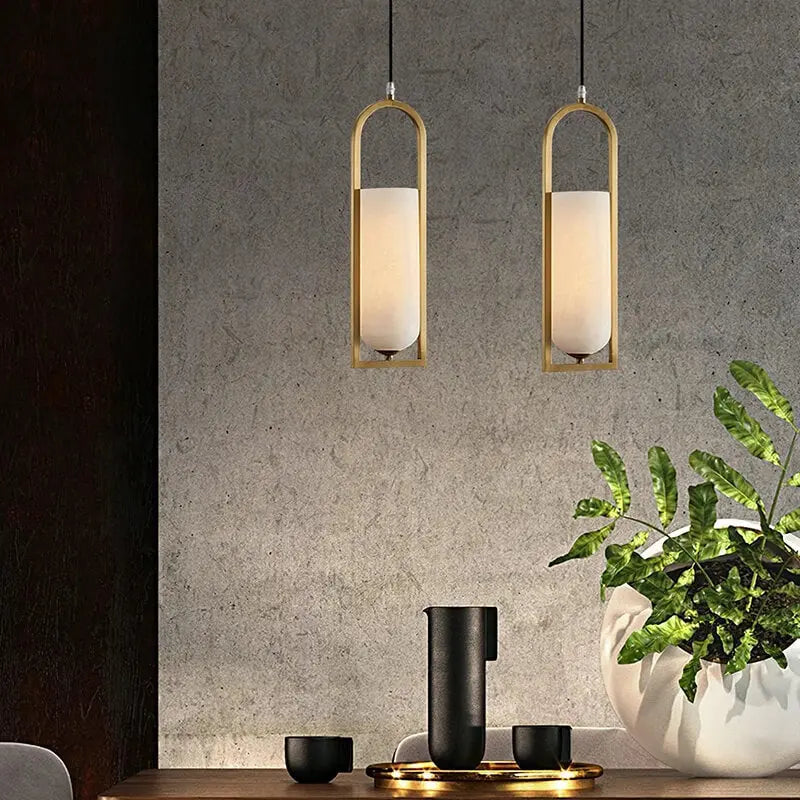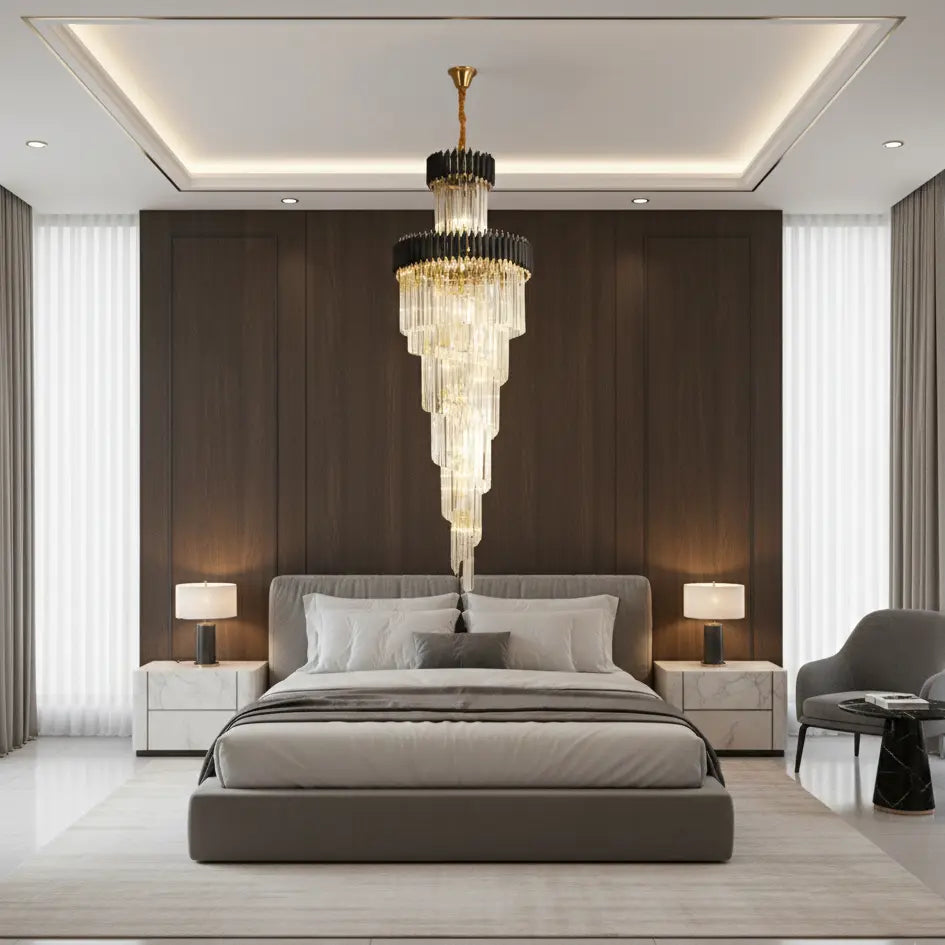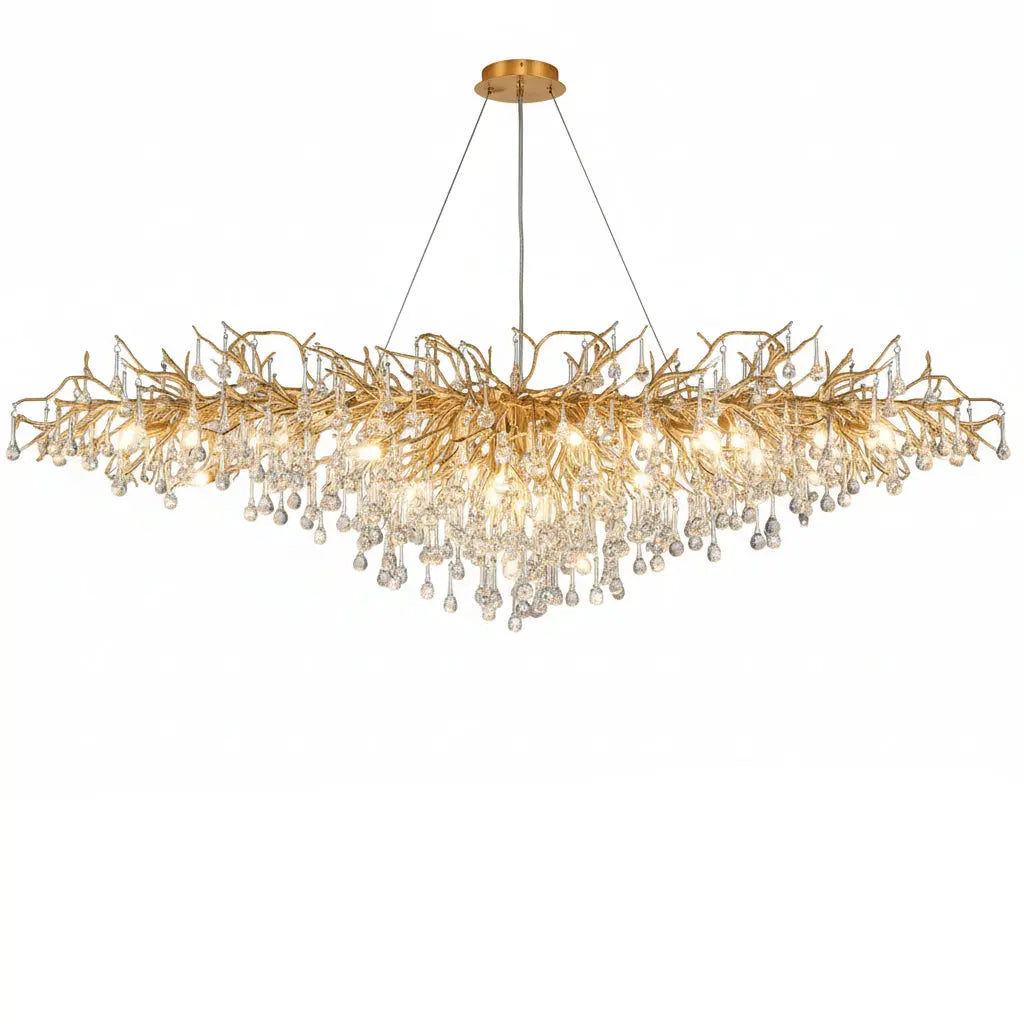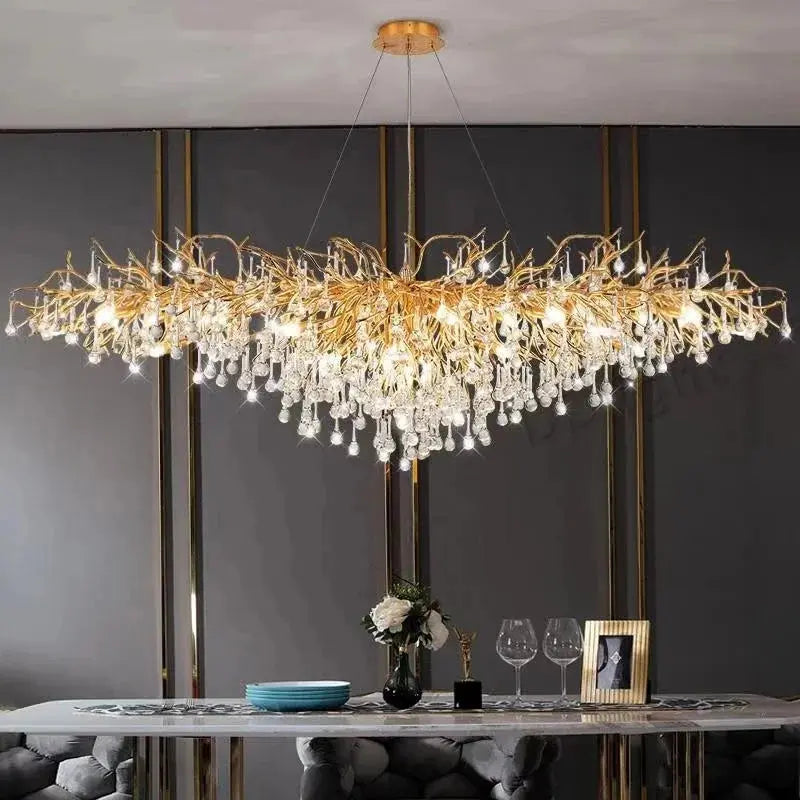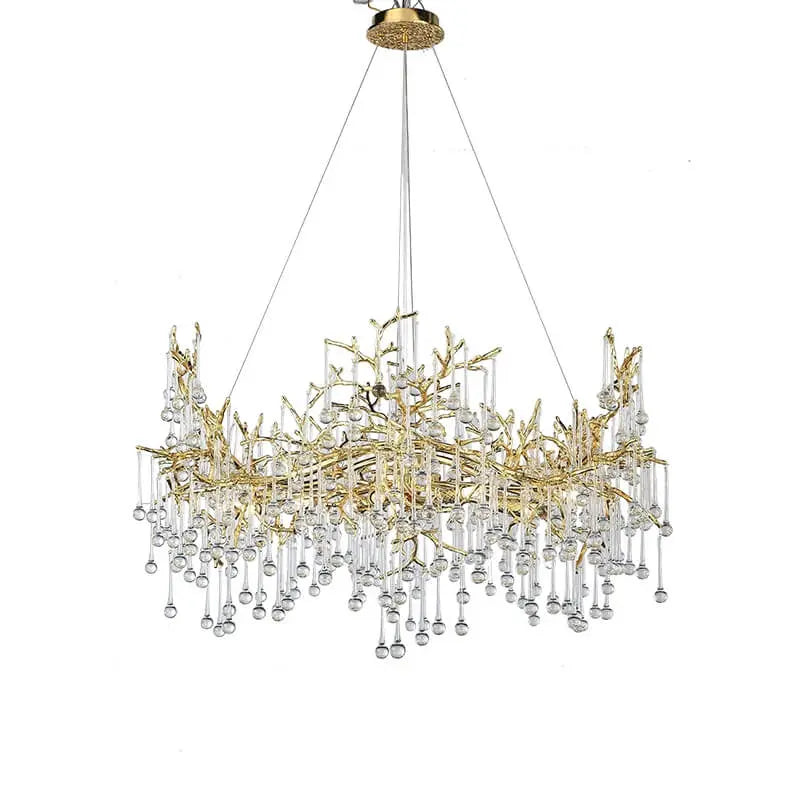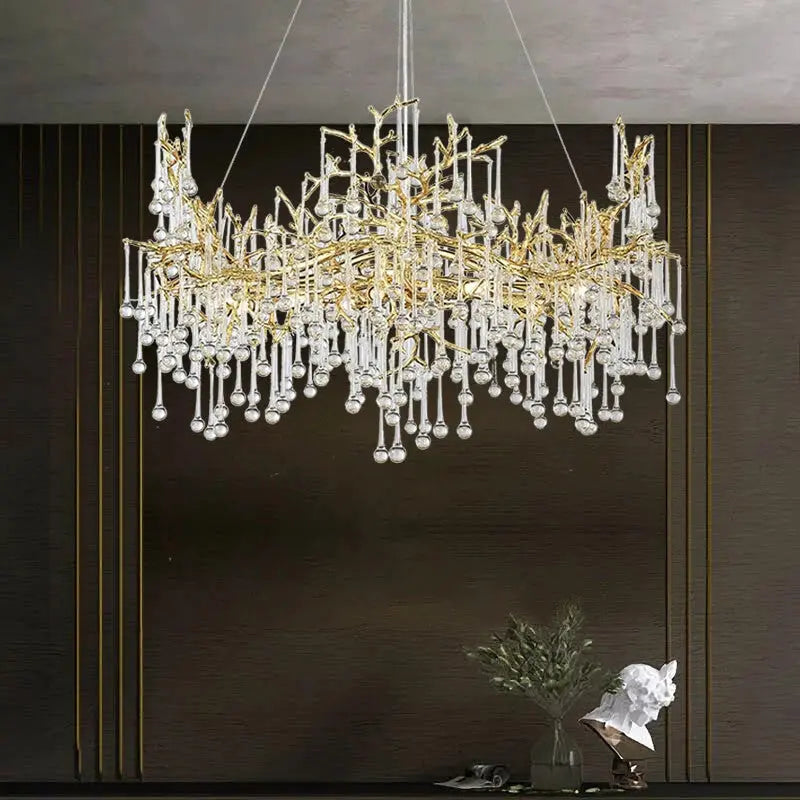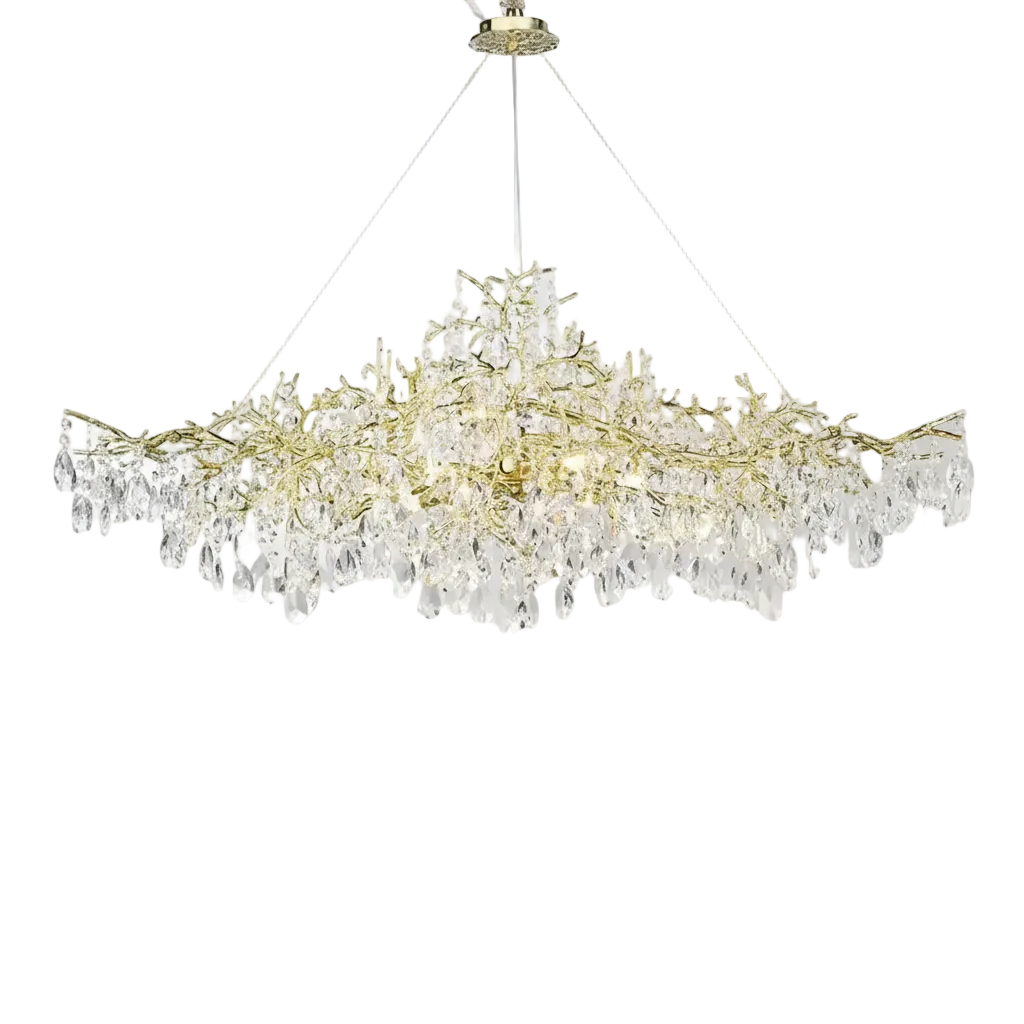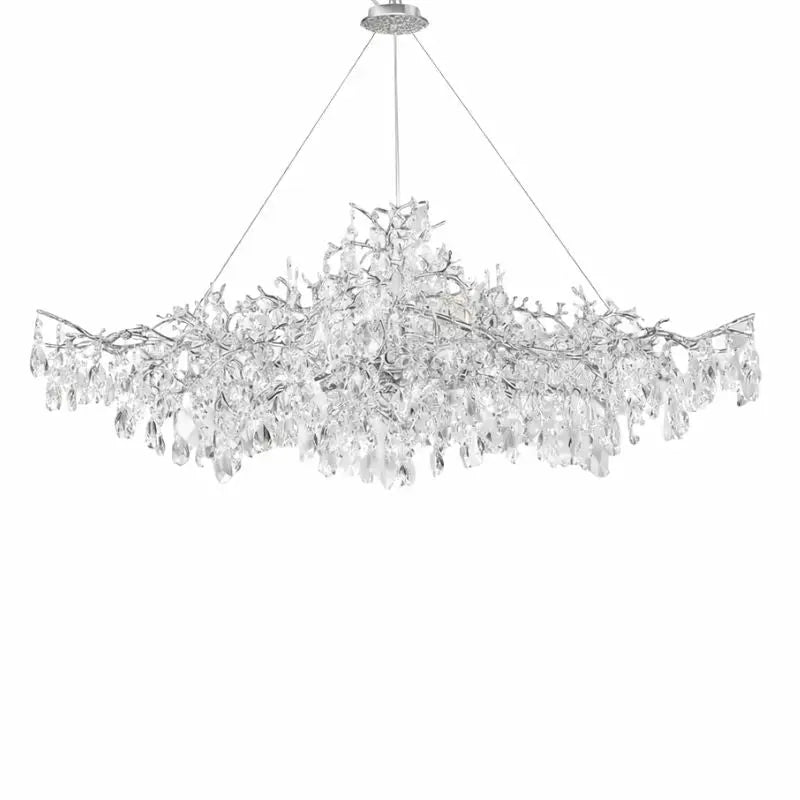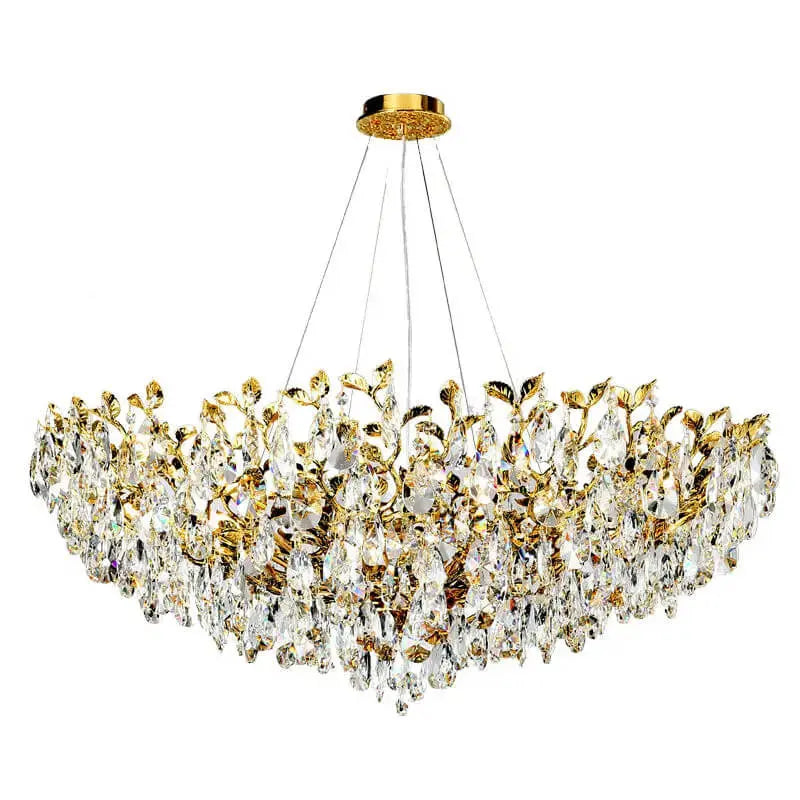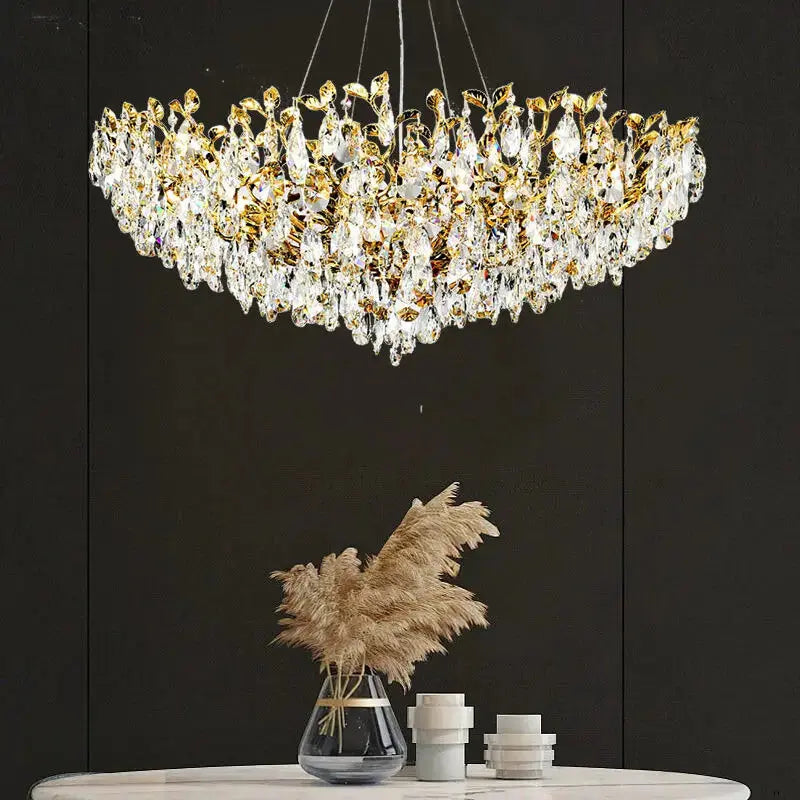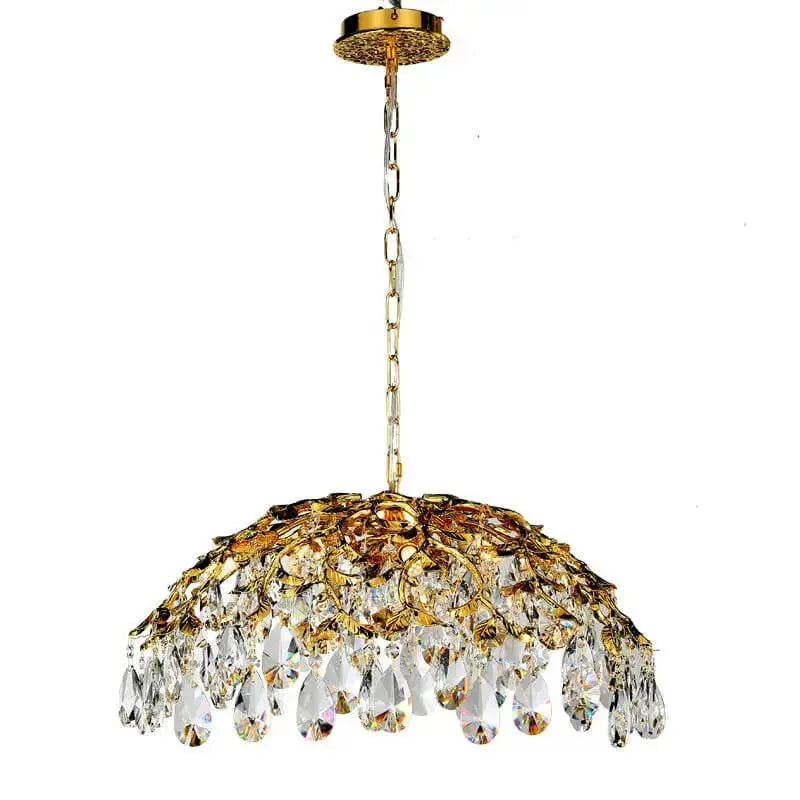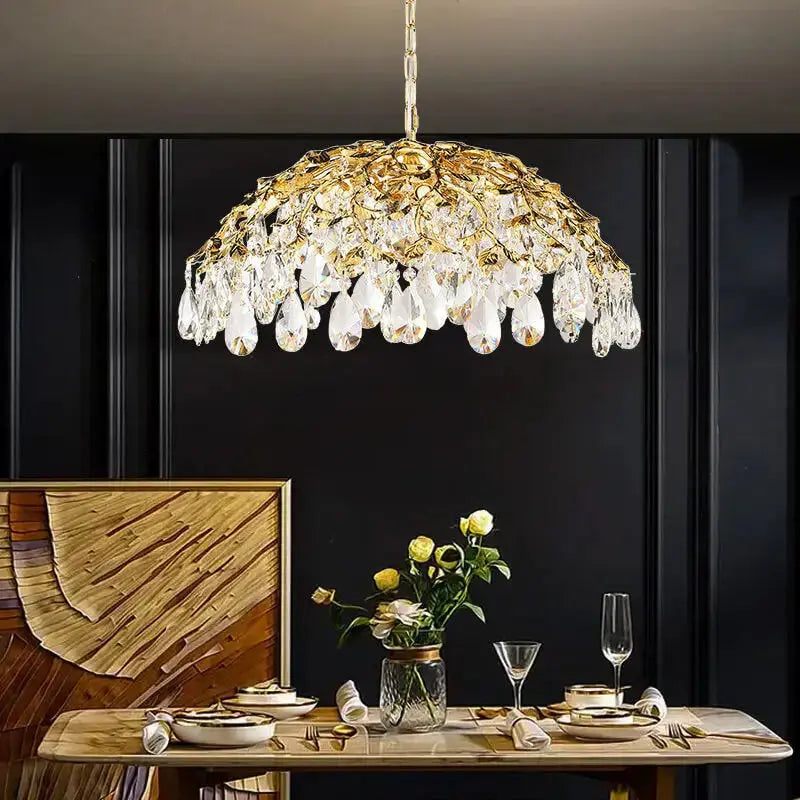Choosing the right ceiling light for your home is crucial for creating a warm and inviting atmosphere. The right lighting can enhance the mood of a room, making it feel comfortable and functional. This guide will help you understand the different types of ceiling lights, how to choose the right size and style, and provide practical tips for placement and efficiency. By considering these factors, you can find the perfect ceiling light fixture that complements your home and meets your needs.
Key Takeaways
- Different types of ceiling lights include ambient, task, and accent lighting, each serving a unique purpose.
- Size matters—calculate the right dimensions for your space and consider the height of your ceilings.
- Match the style of your ceiling light with your home's decor to create a cohesive look.
- Think about where to place your ceiling lights for optimal lighting in each room.
- Avoid common mistakes like ignoring room size and mixing incompatible styles.
Understanding Different Types of Ceiling Light Fixtures
When it comes to ceiling light fixtures, there are three main types to consider: ambient, task, and accent lighting. Understanding these types will help you choose the right fixture for your space.
Ambient Lighting Fixtures
Ambient lighting provides a general level of illumination throughout a room. It’s the main source of light and helps create a comfortable atmosphere. Common types of ambient lighting fixtures include:
- Flush Mount Lights: These fixtures sit close to the ceiling and are great for low ceilings.
- Chandeliers: Often used in dining rooms, they add elegance and provide ambient light.
- Recessed Lighting: Installed into the ceiling, these lights offer a clean look and can be used in various settings.
Task Lighting Fixtures
Task lighting is designed to illuminate specific areas where activities take place, such as reading or cooking. Examples include:
- Pendant Lights: These hang from the ceiling and are perfect for over kitchen islands or dining tables.
- Track Lighting: Adjustable lights on a track can focus on areas like artwork or workspaces.
Accent Lighting Fixtures
Accent lighting highlights specific features in a room, such as artwork or architectural details. It adds depth and interest to your space. Common types include:
- Wall Sconces: Mounted on walls, they can highlight artwork or provide soft lighting.
- Spotlights: These can be directed to focus on specific areas or objects.
| Type of Lighting | Purpose | Examples |
|---|---|---|
| Ambient | General illumination | Flush Mount, Chandeliers |
| Task | Specific activities | Pendant, Track Lighting |
| Accent | Highlight features | Wall Sconces, Spotlights |
Choosing the right type of ceiling light can transform your space, making it more functional and inviting.
By understanding these different types of ceiling light fixtures, you can make informed decisions that enhance your home’s lighting design. For a touch of luxury, consider captivating chandeliers & pendant lights that can elevate your decor and create a stunning focal point in any room.
Choosing the Right Size for Your Ceiling Light Fixture
When it comes to ceiling lights, getting the size right is crucial. A fixture that is too large can dominate a room, while one that is too small may not provide enough light. Here are some key points to consider:
Calculating the Ideal Dimensions
To find the right size for your ceiling light, you can use this simple formula:
-
Width x Length of the room (in feet) = Diameter of the light fixture (in inches)
For example, if your room is 10 feet by 12 feet, the ideal diameter would be 10 + 12 = 22 inches.
Considering Ceiling Height
The height of your ceiling also plays a big role in choosing the right fixture:
- For ceilings 8 feet or lower: Use flush mount or semi-flush mount fixtures.
- For ceilings 8-10 feet: You can use pendants or chandeliers, but keep them close to the ceiling.
- For ceilings 10 feet or higher: Opt for larger fixtures like pendants or chandeliers that fill the space.
Adjusting for Personal Taste
While these guidelines are helpful, personal preference matters too. You might want to go slightly larger for a statement piece. Just remember:
- A larger fixture can create a bold look.
- A smaller fixture may feel lost in a big room.
Tip: Always ensure at least 7 feet of clearance from the floor to the bottom of the fixture to avoid head bumps!
By keeping these factors in mind, you can choose a ceiling light that not only fits your space but also enhances your home’s style. For a variety of options, check out our collection of [contemporary / modern lighting](https://example.com/collections/contemporary-modern-lighting).
Selecting the Best Style for Your Home
Choosing the right ceiling light fixture can greatly enhance the look of your home. Here are some popular styles to consider:
Modern and Minimalist Styles
Modern ceiling lights are perfect for those who love sleek designs. These fixtures often feature clean lines and simple shapes, making them ideal for minimalist living room decor. They can also include energy-efficient LED options, which are great for eco-friendly home decor ideas.
Rustic and Farmhouse Styles
If you enjoy a cozy, natural feel, rustic ceiling lights made from materials like wood and metal are a great choice. These fixtures often have a warm, inviting look that complements farmhouse kitchen decor. You can find options that blend rustic charm with modern elegance, perfect for creating a boho chic home decor.
Classic and Elegant Styles
For a touch of glamour, consider classic ceiling lights, such as those with crystal accents. These fixtures can add a sophisticated touch to any room, making them suitable for vintage home decor trends. They work well in dining areas and living rooms, enhancing the overall ambiance.
Remember, the style of your ceiling light should reflect your personal taste and complement your existing decor.
Summary Table of Styles
| Style | Key Features | Best For |
|---|---|---|
| Modern | Sleek, simple designs | Minimalist living room decor |
| Rustic | Natural materials, warm finishes | Farmhouse kitchen decor |
| Classic | Crystal accents, elegant designs | Vintage home decor trends |
By considering these styles, you can find the perfect ceiling light fixture that not only illuminates your space but also enhances its overall aesthetic. Whether you're looking for affordable kitchen decor ideas or plants for home decor, the right lighting can make all the difference!
Practical Tips for Ceiling Light Placement
Living Room Lighting
When placing ceiling lights in your living room, consider the layout of your furniture. A central fixture can provide general lighting, while additional lights can highlight specific areas. For example, you might want to use a crystal chandelier to add elegance and brightness. Here are some tips:
- Use multiple light sources to create a warm atmosphere.
- Position lights to avoid shadows on seating areas.
Bedroom Lighting
In the bedroom, the goal is to create a relaxing environment. Layer your lighting by combining ceiling lights with bedside lamps. Here’s how:
- Choose a soft, warm light for the ceiling fixture.
- Use dimmer switches to adjust brightness.
- Consider wall sconces for added style and functionality.
Bathroom Lighting
For bathrooms, bright and focused lighting is essential. Ensure your ceiling light is moisture-resistant. Here are some placement tips:
- Install lights above mirrors for better visibility.
- Use recessed lighting for a clean look.
Dining Room Lighting
In the dining room, the ceiling light should enhance the dining experience. Hang your fixture at the right height—about 30 inches above the table. Consider these options:
- A statement chandelier can serve as a focal point.
- Use dimmable lights to set the mood for different occasions.
Remember, the right ceiling light can transform your space, making it both functional and beautiful. Whether you’re looking for DIY wall decor for bedroom or DIY wall art for bedroom, the lighting you choose plays a crucial role in the overall design.
Maximizing Functionality and Efficiency
When it comes to ceiling lights, functionality is key. Here are some important aspects to consider:
Layering Your Lighting
- Ambient Lighting: This is your main source of light. It should fill the room evenly.
- Task Lighting: Use additional lights for specific tasks, like reading or cooking.
- Accent Lighting: Highlight features in your room, such as artwork or architectural details.
Choosing the Right Bulbs
| Type of Bulb | Brightness (Lumens) | Energy Efficiency | Lifespan (Hours) |
|---|---|---|---|
| LED | 800 | High | 15,000 |
| CFL | 800 | Medium | 10,000 |
| Incandescent | 800 | Low | 1,000 |
Using Dimmer Switches
- Control Brightness: Dimmer switches allow you to adjust the light level based on your needs.
- Create Ambiance: Lowering the lights can make a space feel cozy and inviting.
Remember, the right lighting can transform your space. Think about how you use each room and choose fixtures that enhance both functionality and style.
By considering these factors, you can ensure that your ceiling light fixtures not only look great but also serve their purpose effectively. Whether you prefer a chandelier or a pendant light, make sure it fits your space and needs!
Coordinating Ceiling Lights with Other Fixtures
When it comes to lighting your home, coordinating ceiling lights with other fixtures is essential for a harmonious look. Here are some tips to help you achieve a cohesive design:
Matching with Room Decor
- Consider your style: Look at your furniture and overall decor. Do you prefer a modern, minimalist vibe or a cozy, rustic feel?
- Color coordination: Ensure that the colors of your ceiling lights complement the colors in your room. For example, if you have dark door hardware, opt for dark finishes like black or bronze.
Mixing and Matching Styles
- Similar scale and style: While your ceiling lights don’t need to match exactly from room to room, they should be similar in size and style. Avoid mixing very ornate fixtures with simple ones.
- Repeat decorative elements: Use similar details, like crystal drops or drum shades, across different rooms to create a sense of continuity.
Choosing the Right Finishes
- Brass and gold: These finishes work beautifully with brass hardware, while chrome or brushed steel pairs well with chrome fixtures.
- Dark finishes: If your home features dark accents, choose fixtures that match to maintain a cohesive look.
Tip: Always measure your ceiling height before purchasing fixtures to ensure they fit well in your space.
By following these guidelines, you can create a well-coordinated lighting scheme that enhances the beauty of your home. For instance, consider exploring a stunning collection of [alabaster chandeliers](https://www.chandelierslife.com/collections/alabaster-chandeliers) to add elegance and style to your rooms!
Common Mistakes to Avoid When Choosing Ceiling Lights
Choosing the right ceiling light can be tricky. Here are some common mistakes to watch out for:
Ignoring Room Dimensions
- Always measure your room before selecting a fixture. A light that is too big can overwhelm a small space, while a tiny light can get lost in a large room.
- Use this simple formula: Measure the room's length and width in feet, add those numbers together, and convert to inches. This gives you the ideal diameter for your ceiling light.
Overlooking Light Direction
- The direction of light is crucial. Uplighting spreads light across the room, while downlighting focuses on specific areas. Choose based on your needs.
- Consider the type of shade or casing. Translucent shades provide softer light, while opaque ones may limit brightness.
Choosing Incompatible Styles
- Make sure your ceiling light matches the overall style of your room. A modern fixture in a rustic space can look out of place.
- Mixing styles can work, but it requires careful thought. Aim for a cohesive look that ties the room together.
Remember, proper lighting can transform a space. Avoid these mistakes to create a well-lit and inviting environment.
By keeping these points in mind, you can ensure that your ceiling light not only looks great but also functions well in your home.
When picking ceiling lights, it's easy to make mistakes that can affect your space. One common error is not considering the size of the room; a light that's too big or too small can throw off the balance. Also, think about the style of your home. Choosing a light that doesn't match can make your decor feel disjointed. For more tips and to explore our stunning collection of ceiling lights, visit our website today!
Final Thoughts on Choosing Your Ceiling Light
In conclusion, picking the right ceiling light for your home is more than just a choice of style. It can change how a room feels and works. Remember to think about the size, brightness, and type of light you need for each space. Whether you want a cozy glow in your bedroom or bright light in the kitchen, there’s a perfect fixture out there for you. Take your time, explore different options, and choose a light that not only fits your home but also makes you feel good. With the right ceiling light, your home can shine in the best way possible.
Frequently Asked Questions
What are the different types of ceiling lights?
Ceiling lights generally fall into three categories: ambient lights, task lights, and accent lights. Ambient lights provide overall illumination, task lights focus on specific areas for activities like reading, and accent lights highlight features like artwork.
How do I choose the right size for my ceiling light?
To find the right size, measure your room's width and length, then add those numbers together. The total gives you the diameter in inches for your ceiling light. Remember to adjust based on your personal style.
What style of ceiling light should I choose for my home?
The style depends on your home decor. Modern homes might go for sleek, minimalist designs, while rustic homes may prefer lights made from wood or metal. Choose a style that matches your existing furniture and colors.
Where should I place my ceiling lights?
Placement varies by room. In living rooms, center lights over seating areas; in kitchens, focus on workspaces; and in bedrooms, use softer lighting for relaxation. Always consider how the light will be used.
What kind of bulbs should I use for ceiling lights?
LED bulbs are a great choice because they use less energy and last longer. For warm, cozy spaces like living rooms, choose warm white bulbs. For areas needing bright light, like kitchens, opt for cool white.
What mistakes should I avoid when choosing ceiling lights?
Common mistakes include ignoring the room size, not considering how the light directs, and mixing styles that clash. Always ensure your light matches the room's purpose and existing decor.




